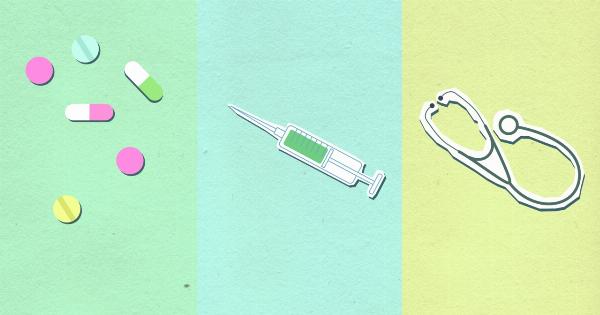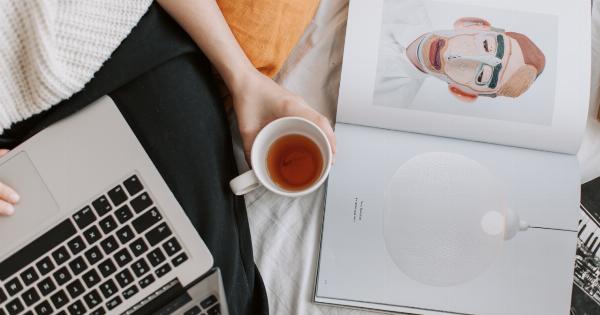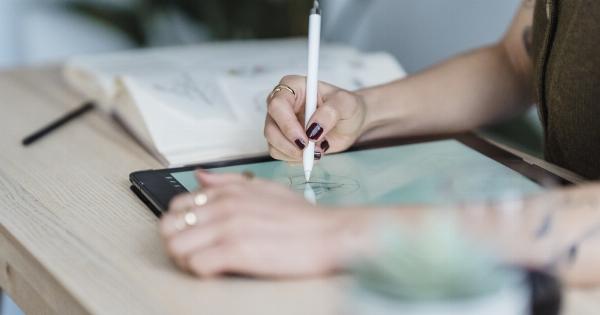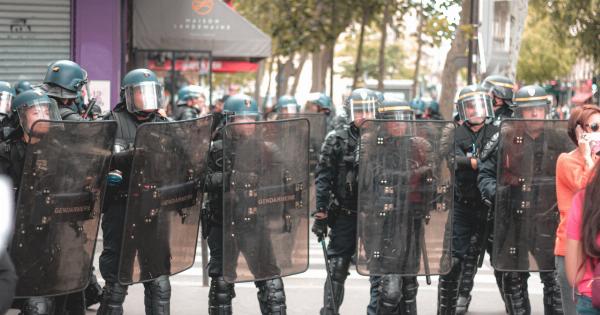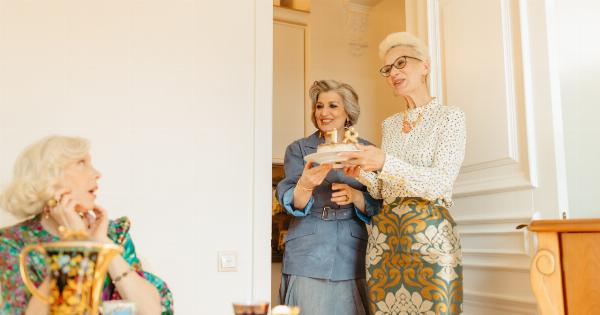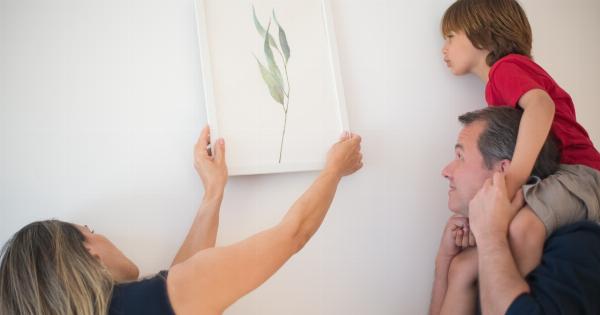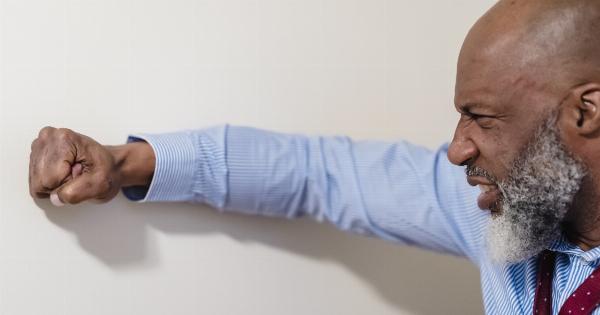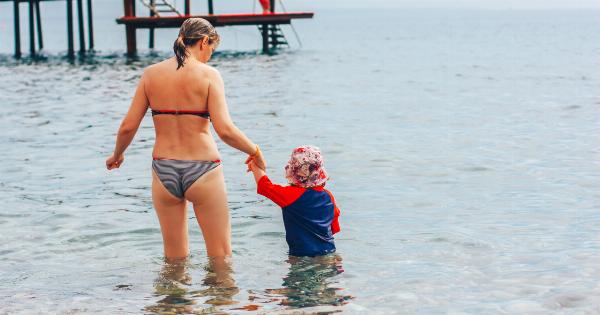Art has long been recognized as a powerful form of self-expression and a means of communication. Beyond its aesthetic value, art has the ability to heal and provide solace to individuals going through challenging times.
In this article, we delve into the transformative power of art as a tool for healing and self-discovery. We will explore how engaging in the creative process can lead to enhanced mental and emotional wellbeing, allowing individuals to embark on a journey to their soul.
The Language of Art
When words fail us, art steps in as a powerful medium of expression. Art allows individuals to convey their deepest emotions, experiences, and innermost thoughts, regardless of their verbal capabilities.
Through various artistic mediums such as painting, drawing, sculpture, and even writing, individuals can tap into their unconscious mind and bring forth what lies beneath the surface.
Art as Therapy
Art therapy, a form of psychotherapy, utilizes various art forms to promote healing, self-discovery, and personal growth.
It offers individuals a safe and non-judgmental space to explore and express their emotions, often uncovering underlying issues that may have been buried or ignored. Art therapists are trained professionals who guide individuals through the creative process, helping them discover and work through their thoughts and feelings.
The Healing Power of Creativity
Engaging in artistic activities triggers the release of endorphins, commonly known as “feel-good” hormones, in the brain. These chemicals help reduce stress, alleviate pain, and promote a sense of overall wellbeing.
The act of creation itself allows individuals to focus their attention on the present moment, fostering mindfulness and providing a temporary reprieve from negative thoughts or feelings.
Processing Trauma Through Art
For individuals who have experienced trauma, whether physical, emotional, or psychological, art can serve as a powerful tool for processing and healing. Trauma often leaves traces in the subconscious mind that may be difficult to put into words.
Through the act of creating art, trauma survivors can externalize their experiences, allowing for a deeper exploration and understanding of their pain.
The Expressive Power of Colors
Colors have a profound impact on our emotions and can be harnessed to facilitate healing. Different colors evoke different feelings, and art therapy often utilizes color as a means of self-expression.
Warm colors such as red and orange can evoke feelings of passion and energy, while cool colors like blue and green can create a sense of calm and tranquility. By consciously choosing colors, individuals can communicate their emotions and inner state, facilitating the therapeutic process.
Art as a Mirror
Creating art allows individuals to externalize their internal experiences, enabling them to observe and reflect upon their thoughts and emotions from a different perspective.
Art acts as a mirror, providing individuals with insights into their subconscious mind and offering an opportunity for self-reflection and self-discovery.
Artistic Exploration and Personal Growth
The process of engaging in art is not limited to the final product; it is the journey itself that holds immense value. Through experimentation and exploration, individuals discover new techniques, styles, and mediums that resonate with them.
This process of self-discovery and growth extends beyond the artistic realm and seeps into various facets of life, fostering personal development and a deeper understanding of oneself.
Art as a Tool for Communication
Art transcends language barriers and allows individuals from diverse backgrounds and cultures to connect and understand one another.
By engaging in art, individuals can communicate their experiences and emotions without the limitations of language, fostering empathy, and promoting healing in both the creator and the viewer.
Art as Ritual and Celebration
Throughout history, art has been an integral part of rituals, ceremonies, and celebrations.
Engaging in artistic activities as part of a collective experience can create a sense of belonging, foster social connections, and provide a platform for community healing. The act of creating art together can strengthen bonds, evoke shared emotions, and facilitate the expression of collective narratives.
Conclusion
Art holds incredible power in the journey of healing and self-discovery. By engaging in creative expression, individuals can tap into their subconscious mind, process trauma, and find solace in the act of creation.
Art therapy offers a guided and structured approach to utilizing art as a therapeutic tool. Whether through self-directed artistic endeavors or with the guidance of a trained professional, the transformative potential of art can help individuals embark on a profound journey to their soul.

